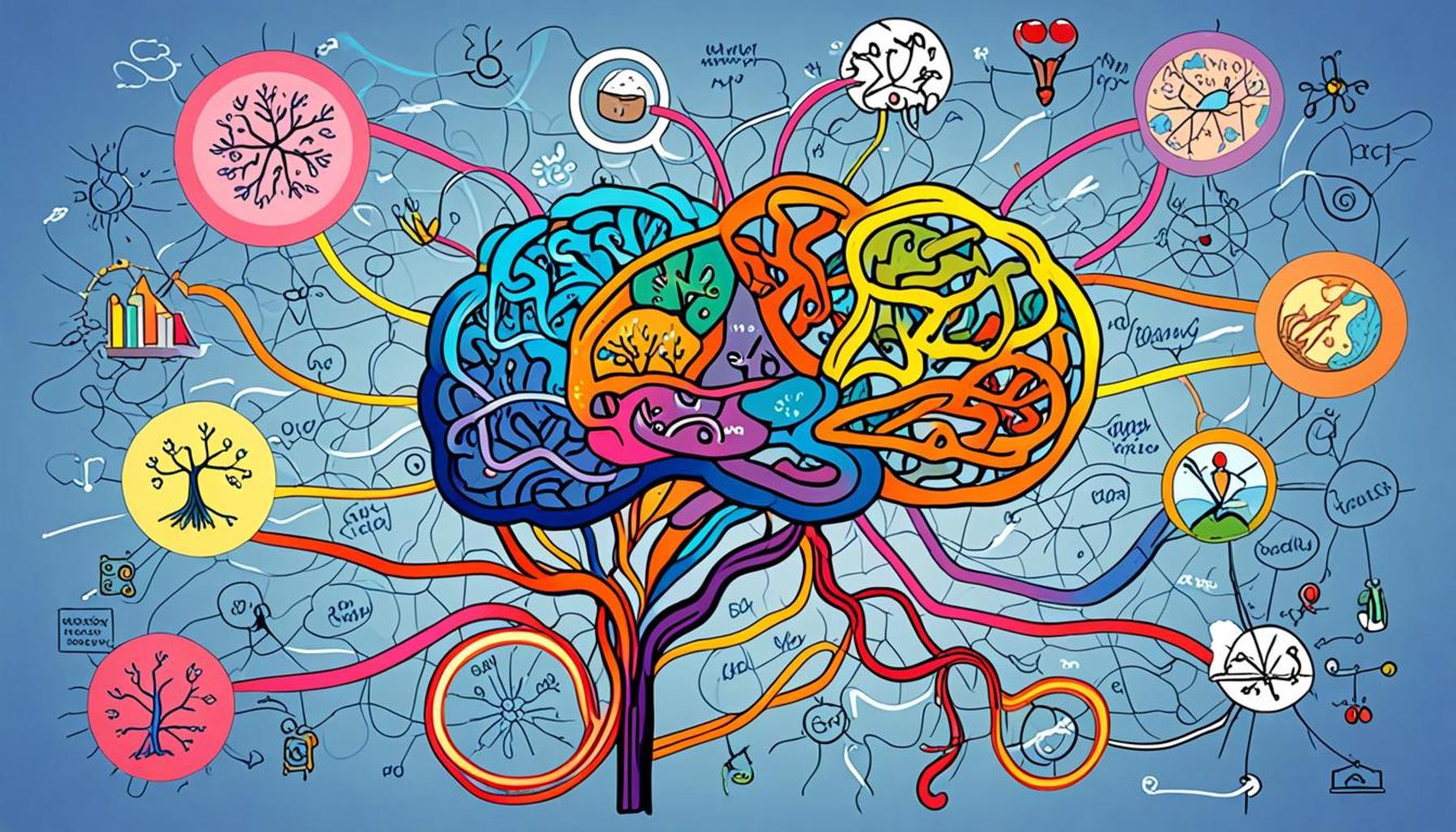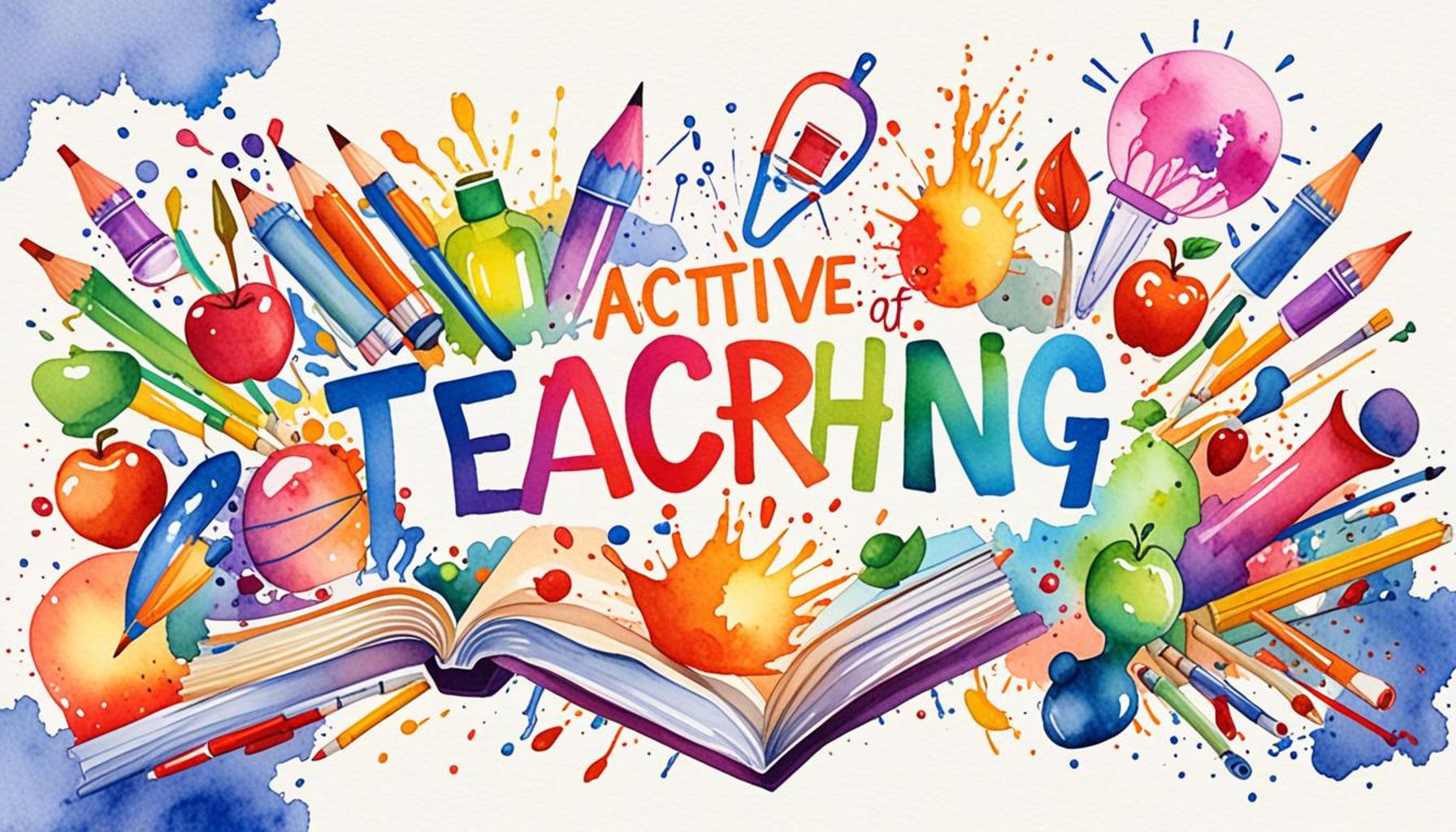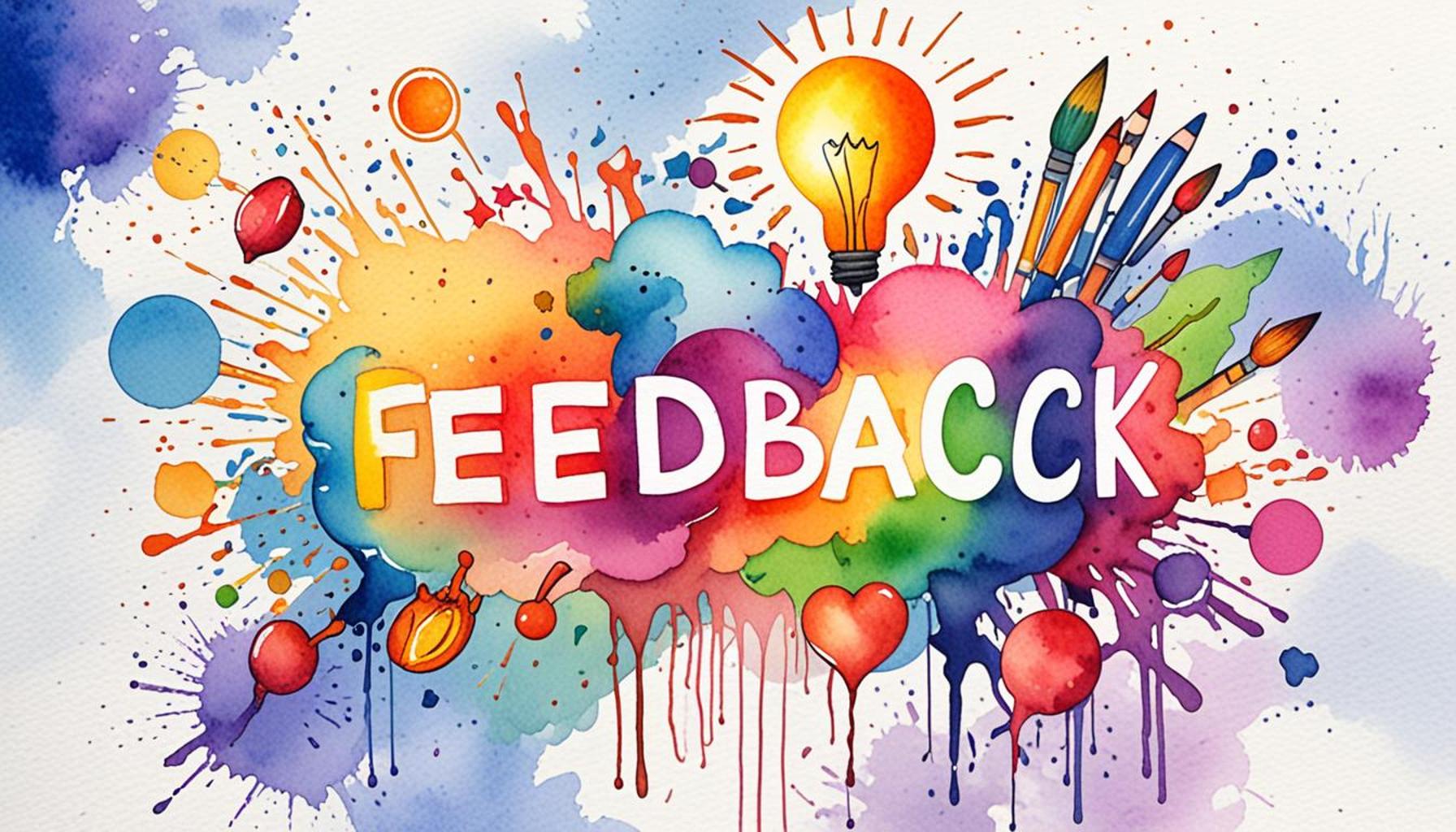Boost Learning with Mind Maps How to Enhance Study Skills Effectively

The Importance of Effective Study Techniques
In today’s fast-paced world, finding effective study techniques is crucial for students looking to enhance their learning experience. One such technique that has gained popularity is the use of mind maps. These visual tools not only help organize information but also boost memory retention and understanding.
Mind maps are particularly beneficial because they encourage active participation in the learning process. Unlike traditional note-taking, mind maps require students to engage with the material actively, leading to deeper comprehension. Here are some key advantages:
- Visual Organization: Mind maps allow learners to see connections between concepts, making study material easier to digest. For instance, when studying for a biology exam, a student can create a mind map with “Cell Biology” as the central idea, branching out to key topics like “Cell Structure,” “Photosynthesis,” and “Cell Division.” This method provides a clear visual representation of how each topic interrelates.
- Enhanced Creativity: The free-form structure of mind maps fosters creativity, enabling students to approach subjects from various angles. By using colors, drawings, and symbols, students can make their maps more engaging. For example, a history student might use different colors to represent various eras or civilizations, making it easier to remember significant events or figures.
- Cognitive Boost: Utilizing visuals stimulates both sides of the brain, improving information processing and retention. Research has shown that combining verbal and visual information can lead to better memory recall, making mind maps a valuable tool in environments like Nigerian classrooms, where innovative learning strategies can enhance educational outcomes.
In Nigeria, where educational resources can sometimes be limited, leveraging mind maps can be a game-changer for students. By integrating mind maps into study routines, students can:
- Streamline their revision process. Instead of sifting through numerous textbooks, students can consolidate knowledge into a single, coherent visual representation.
- Make complex topics more manageable. Difficult subjects like mathematics or physics can be broken down into simpler concepts, helping learners to grasp fundamental ideas.
- Empower their learning without the need for extensive textbooks. This is particularly important in areas where access to educational materials is sparse, as mind maps can be created using just a pen and paper.
As we delve into this article, you’ll discover how to boost learning using mind maps and enhance your study skills effectively. We’ll explore practical tips, strategies for creating effective mind maps, and examples from various subjects. The journey towards mastering this tool is not just about studying; it’s about transforming the way you learn, making your educational experience more enriching and enjoyable. With the right techniques, such as mind mapping, students in Nigeria can embrace their studies with renewed enthusiasm and confidence.
SEE ALSO: Click here to read another article
Unlocking the Potential of Mind Maps in Learning
Mind mapping is not just a technique; it’s a revolutionary approach to enhancing study skills and boosting learning outcomes. For students in Nigeria, where educational challenges are prevalent, incorporating mind maps into their study regimen can lead to significant improvements in comprehension and retention. But how exactly can students harness the power of mind maps to transform their study habits? Let’s explore the essential steps involved in creating effective mind maps to maximize learning potential.
Step 1: Start with a Central Idea
The foundation of any successful mind map is a clear central idea or theme. This central concept acts as an anchor for all related information. For instance, if a student is preparing for an examination in chemistry, they could place “Chemical Reactions” at the center of their mind map. From this core, students can create branches representing different types of reactions, such as “Exothermic,” “Endothermic,” and “Redox Reactions.”
Step 2: Branch Out with Key Concepts
Once the central idea is established, the next step is to branch out into key concepts that relate to that main idea. Each branch should represent a different aspect or topic. Using the chemistry example, the student can create branches that detail each type of reaction, along with sub-branches that provide definitions, examples, and important equations. This hierarchical structure allows learners to see how each concept interrelates, aiding in deeper understanding.
Step 3: Use Keywords and Simple Phrases
To maintain clarity and focus in the mind map, it’s crucial to employ keywords and short phrases rather than lengthy sentences. This approach not only saves space but also encourages quick recall during revision. For example, under the branch for “Exothermic Reactions,” a student might include keywords like “heat released,” “combustion,” and “example: burning of fuels.” This strategy ensures that essential information is readily accessible at a glance, making it an effective study tool.
Step 4: Add Visual Elements
One of the most captivating aspects of mind maps is the ability to incorporate visual elements. Students are encouraged to utilize colors, images, and symbols to enhance memory retention. By assigning specific colors to different branches, students can create visual cues that make studying more engaging. For instance, a student could use green for organic reactions and blue for inorganic reactions, enhancing both visual appeal and cognitive organization.
Benefits of Mind Maps in Nigerian Education
In the context of Nigerian education, the advantages of utilizing mind maps become even more pronounced. By engaging with their study material through creativity and visualization, students can:
- Improved Information Recall: The visual nature of mind maps leads to stronger memory retention, which is essential during exams.
- Enhanced Focus: Mind maps help students to concentrate on key information, reducing the feeling of being overwhelmed by excessive details.
- Better Collaboration: Students can use mind maps collaboratively, making group studies more effective by sharing and building together.
As students in Nigeria adopt this innovative approach, they will not only find learning becoming more enjoyable but also witness remarkable improvements in their academic performance.
Boost Learning with Mind Maps: How to Enhance Study Skills Effectively
Incorporating mind maps into your study regimen offers a transformative approach to learning. Specifically designed to enhance cognitive functions, mind maps serve as visual representations of information, encouraging learners to organize and connect ideas efficiently. The ability to see relationships between concepts not only aids memory retention but also fosters a deeper understanding of complex subjects. Much like a tree branching out, a mind map allows students to compartmentalize various elements of a topic, creating a cohesive picture that simplifies the learning process.
Moreover, mind mapping cultivates creativity, urging learners to think outside the box. When students create their own mind maps, they’re compelled to express their thoughts visually, which can lead to innovative problem-solving and enhanced analytical skills.
| Advantages | Key Features |
|---|---|
| Enhanced Memory Retention | Mind maps utilize visual cues that help anchor information in memory. |
| Increased Creativity | They provide an open-ended structure that encourages divergent thinking. |
In addition, mind mapping can be a collaborative tool, facilitating group study sessions where peers can collectively build upon each other’s ideas. The process enhances communication skills and cultivates a sense of community learning. By visually representing their collective knowledge, groups can dissect and solve problems more effectively.
As you delve deeper into the world of mind mapping, consider exploring various applications such as digital mind mapping tools, which offer the convenience of editability and the ability to integrate multimedia resources. These advancements further enhance the capabilities of mind maps, making them invaluable assets in today’s multifaceted learning environments.
CHECK OUT: Click here to explore more
Integrating Mind Maps into Daily Study Routine
Incorporating mind maps into a student’s daily study routine can be a game-changer in the pursuit of academic excellence. While creating a mind map may appear simplistic at first glance, its effects on cognitive performance can be profound, especially when consistently integrated into study activities. Here are some practical ways for students in Nigeria to weave mind mapping into their everyday learning life.
Step 5: Review and Revise Regularly
Mind maps foster active learning, and one way to amplify this benefit is by reviewing and revising the maps regularly. Setting aside a few minutes each week for review allows students to reinforce their understanding and identify areas where they require further clarity. For example, Nigerian students preparing for the National Examination Council (NECO) exams can revise their mind maps on key subjects like Mathematics and English Language to ensure concepts are fresh and easily retrievable. Regular revision not only cements knowledge but also boosts confidence before exams.
Step 6: Create Mind Maps for Group Study
Study groups can be extremely beneficial for students, and integrating mind maps into these sessions enhances collective learning. By having each member create a mind map on a topic and then sharing these visual aids with the group, they can gain diverse perspectives and insights. For instance, if a student is part of a group focused on preparing for a history exam, each member could tackle different historical events and create related mind maps that can be compared and discussed collectively. This cross-pollination of ideas leads to richer discussions and a deeper understanding of the subject matter.
Step 7: Use Digital Tools for Mind Mapping
With technological advancements, numerous digital tools can aid in creating mind maps effortlessly. Applications like XMind, MindMeister, and Coggle allow students to create intricate maps on their smartphones or computers, making it easy to edit and share with peers. This is particularly convenient for Nigerian students who may wish to collaborate with classmates from various regions. Additionally, these digital tools often include templates that can speed up the mapping process, allowing for a more streamlined learning experience.
Step 8: Tailor Mind Maps to Different Learning Styles
Students have unique learning styles, and customizing mind maps to align with these can enhance their effectiveness. For visual learners, the inclusion of diagrams and charts within the mind map may aid in understanding complex concepts. For auditory learners, verbal annotations or recorded explanations tied to the mind map can reinforce learning. Kinesthetic learners can incorporate physical elements, such as 3D models to represent concepts. By recognizing and adapting to various learning styles, mind maps can become a versatile tool within any student’s arsenal.
Mind Maps as a Lifelong Learning Tool
One should not restrict mind mapping to academic use alone; it holds potential as a lifelong learning tool. Beyond classroom walls, students in Nigeria can apply mind mapping strategies in their future careers and personal life. Whether brainstorming business ideas, planning events, or organizing projects in the workplace, the skills developed through mind mapping provide valuable frameworks for clarity and innovation. This adaptability signifies that mind maps are not just a study technique but an essential skill for success beyond school.
By utilizing these steps to incorporate mind maps actively into their learning processes, students in Nigeria can unlock new levels of academic achievement while simultaneously prepping for a promising future filled with opportunities. The power of mind mapping lies in its ability to transform traditional studying methods into interactive and effective learning experiences.
CHECK OUT: Click here to explore more
Conclusion
In summary, mind maps serve as powerful tools for students seeking to boost their learning and enhance their study skills effectively. By transforming complex information into manageable visual formats, mind maps cater to various learning styles and create engaging ways to approach academic challenges. Implementing strategies such as regular revision, group collaboration, and utilizing digital tools provides Nigerian students with the resources they need to succeed in today’s competitive educational landscape.
Moreover, the versatility of mind maps extends beyond the classroom, offering valuable skills that students can leverage in their future careers and personal lives. As they develop the ability to synthesize information creatively and collaboratively, students prepare themselves for a world that increasingly values innovation and critical thinking. Thus, embracing mind mapping not only fosters academic success but also equips younger generations with essential life skills.
As you embark on your journey to enhance your study techniques, consider integrating mind maps into your routine. This approach not only reinforces your understanding of subjects like Mathematics and English but also cultivates a deeper, more comprehensive appreciation for learning. Ultimately, adopting mind mapping is a step towards achieving your academic goals and embracing lifelong education. So, grab your materials and start mapping your way to success today!


